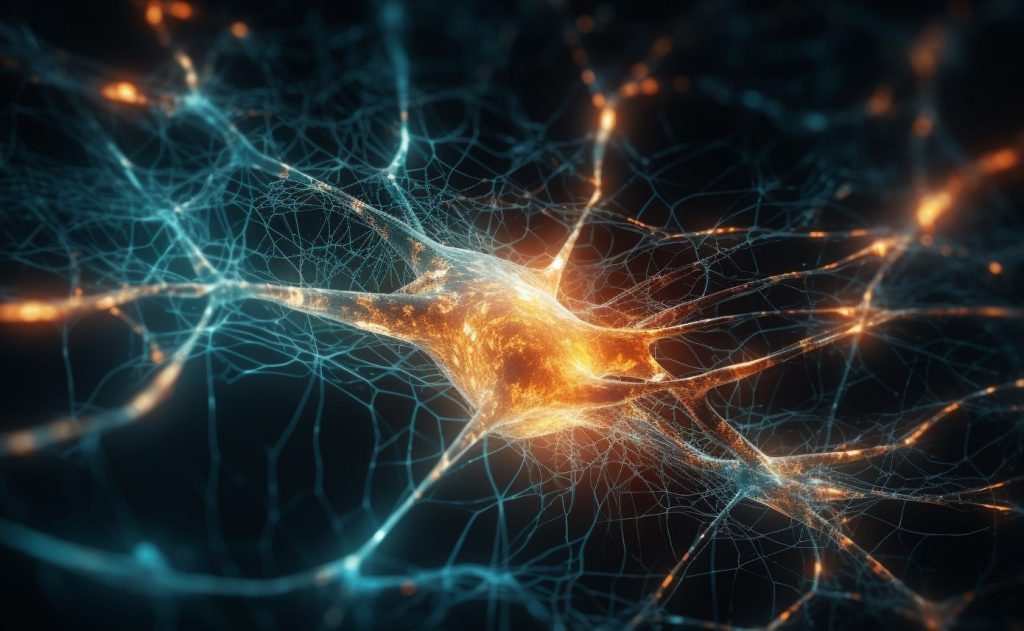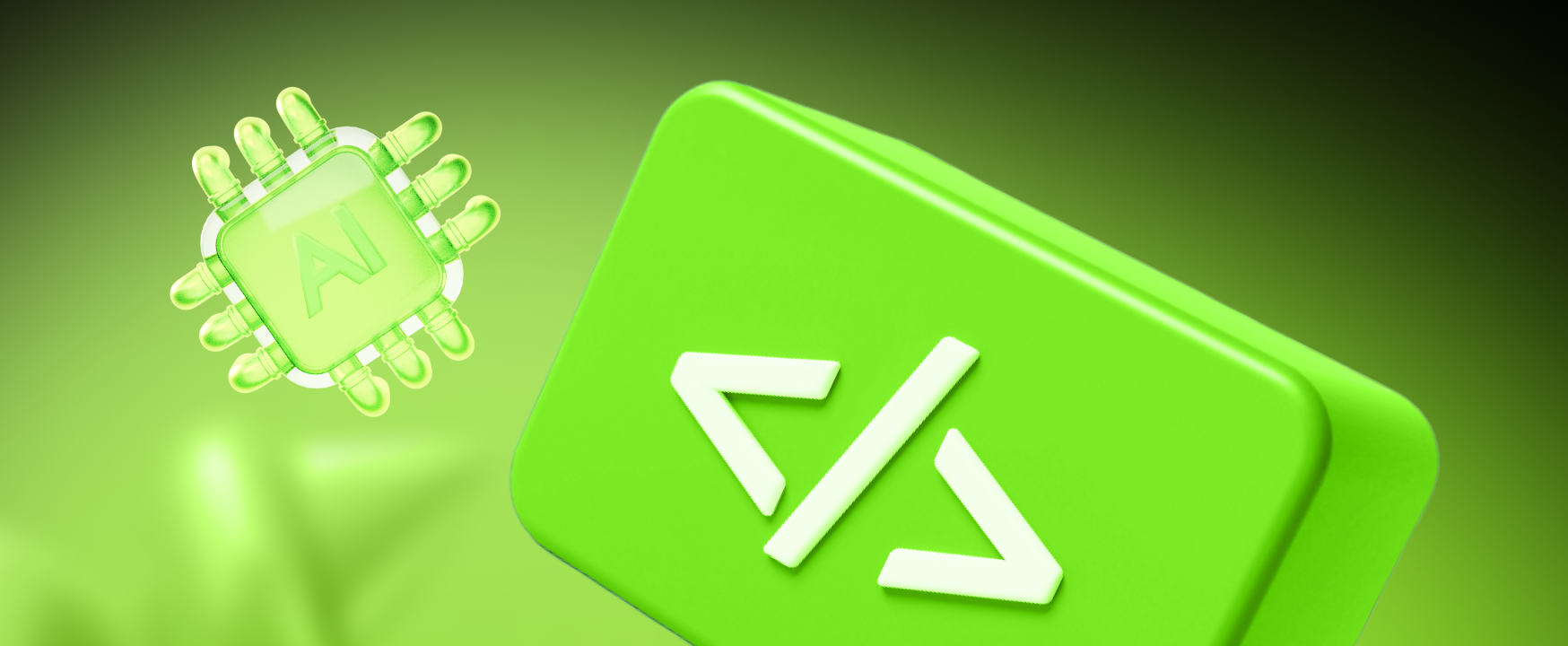
Neural networks are one of the most popular machine learning tools that are used to solve various problems. They are a complex system of several layers of neurons that interact with each other to predict or classify data.
An overview of the basic concepts and principles of neural networks: from structure and architecture to learning algorithms
Neural networks have different structures and architectures that determine their ability to learn. They can be represented as a feed forward or feedforward network, or as a recurrent network. Each type has its own features and advantages.
Neural networks use various learning algorithms such as back propagation of error, gradient descent and genetic algorithm. These algorithms help neural networks to modify their weights and parameters to maximize their prediction accuracy.
In conclusion, neural networks are powerful machine learning tools that can be used to solve various problems. They have different structures and architectures and use different learning algorithms to maximize accuracy.
Examples of neural network applications in various fields, including machine vision, text analysis, speech recognition, and others
Neural networks are one of the most promising tools for solving various tasks in the field of artificial intelligence. They are applied to a variety of tasks, including machine vision, text analysis, speech recognition, automatic programming, prediction, and others.
For example, neural networks can be used for image and video recognition. They can be used for text analysis, including tone analysis, text classification, and information extraction. They can also be used for speech recognition, automatic programming, prediction, and other tasks.
Neural networks can be used to solve a wide range of practical problems, including factory automation, weather forecasting, market analysis, and others. They can also be used for more complex tasks such as automatic software development, pattern recognition, and others.

Overview of popular libraries and frameworks for developing neural network applications, including TensorFlow, Keras, PyTorch and others
Neural network applications are some of the most popular and useful applications in the modern world. They are used to solve various tasks, including data analysis, machine learning, automatic image recognition and others. To develop such applications, you need to use special libraries and frameworks. In this article, we will look at some of the most popular libraries and frameworks for developing neural network applications.
If you need to host servers, data center services can help you reduce costs, provide security, increase uptime and connectivity. All of these can be obtained here
TensorFlow is one of the most popular tools for neural network application development. It provides powerful tools for building and training neural networks, as well as using off-the-shelf models. It also supports many programming languages including Python, C++, Java, and JavaScript.
Keras is another popular tool for developing neural network applications. It provides a simple interface for building and training neural networks, as well as for using ready-made models. It also supports Python and can be used with TensorFlow.
PyTorch is another popular tool for developing neural network applications. It provides powerful tools for building and training neural networks and for using off-the-shelf models. It also supports Python and can be used with TensorFlow.
There are also other popular libraries and frameworks such as Caffe, Theano, MXNet, Chainer and Deeplearning4j.




